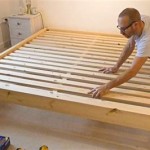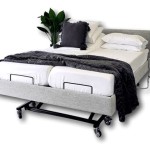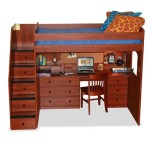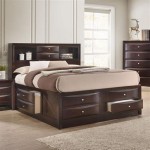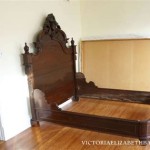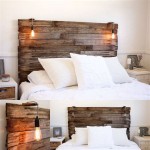Are Air Beds Safe?
Air beds have become increasingly popular in recent years, offering a convenient and comfortable sleeping solution for both indoor and outdoor use. However, concerns have been raised regarding their safety, particularly for children and individuals with certain health conditions.
In this article, we will explore the potential risks associated with air beds and provide guidelines for their safe use. Understanding the safety aspects of air beds is crucial for making informed decisions and ensuring a comfortable and risk-free sleeping experience.
Potential Risks:
Air beds pose several potential risks, particularly for young children and individuals with certain medical conditions. These risks include:
- Suffocation: Air beds can deflate rapidly, creating a risk of suffocation for young children or individuals who may be unable to move themselves off the bed if it deflates.
- Entrapment: Children may become trapped between the air bed and a wall or other furniture, leading to suffocation or injury.
- Electrocution: Air beds that use electric pumps may pose an electrocution risk if they are not properly grounded or if the pump malfunctions.
- Fire: Air beds made with certain materials may be flammable, posing a fire hazard in the event of a spark or ignition source.
- Allergic Reactions: Some individuals may experience allergic reactions to the materials used in air beds, such as PVC or phthalates.
Safety Guidelines:
To minimize the risks associated with air beds, it is essential to follow these safety guidelines:
- Choose a Safe Model: Opt for air beds that are free from phthalates and meet safety standards. Consider purchasing models with anti-rollover features and reinforced sidewalls.
- Supervise Children: Never leave young children unattended on an air bed, as they are at risk of suffocation or entrapment.
- Inflate Properly: Properly inflate the air bed according to the manufacturer's instructions to prevent deflation and potential hazards.
- Use a Grounded Pump: When using an electric pump, ensure that it is properly grounded to prevent electrocution.
- Avoid Overinflation: Do not overinflate the air bed, as this can increase the risk of bursting or deflation.
- Place on a Flat Surface: Position the air bed on a flat and stable surface to prevent it from rolling over or shifting.
- Keep Away from Heat Sources: Keep the air bed away from heat sources such as fireplaces, stoves, or heaters to reduce the risk of fire.
- Store Properly: When not in use, deflate the air bed completely and store it in a cool, dry place to extend its lifespan and prevent damage.
Conclusion:
Air beds can be a safe and convenient sleeping solution when used properly. By understanding the potential risks and following the safety guidelines outlined in this article, you can minimize the hazards and enjoy a comfortable and restful sleep on your air bed.
Remember, proper supervision, safe use, and regular maintenance are crucial for ensuring the safety of all users, particularly young children and individuals with health conditions.
:max_bytes(150000):strip_icc()/Sprout_final-d7f5d8778d9c4d969bf612649605d234.jpg?strip=all)
How Safe Are Floor Beds For Babies And Toddlers

Pros And Cons Of Utilizing A Montessori Style Floor Bed Play Learn Thrive

How To Decide If A Loft Bed Is Right For You

Smart Safety Beds For Special Needs Cubby

How To Move Your Child From Crib Toddler Bed Safely

Montessori Floor Beds Taking Cara Babies

Everything Pas Should Know About Bunk Beds Cuckooland
Bunk Bed Safety Guide Dreams

Everything Pas Should Know About Bunk Beds Cuckooland
Bunk Bed Safety Guide Dreams
Related Posts
